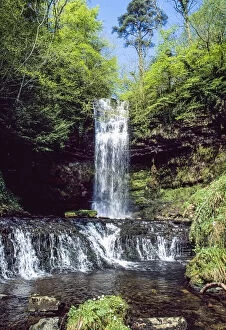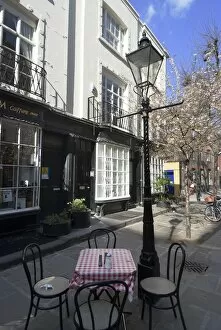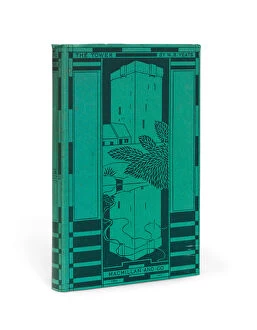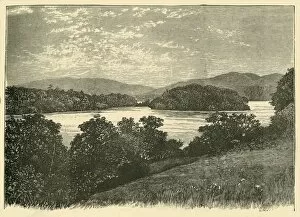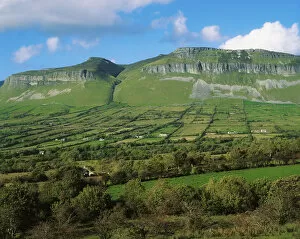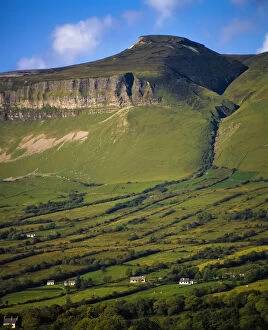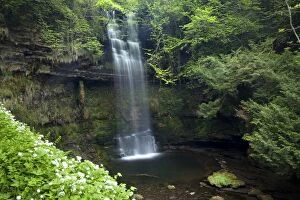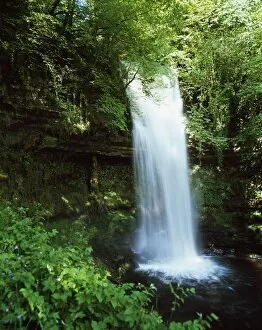William Butler Yeats Collection
William Butler Yeats, the renowned Irish poet, continues to captivate hearts and minds with his timeless works
All Professionally Made to Order for Quick Shipping
William Butler Yeats, the renowned Irish poet, continues to captivate hearts and minds with his timeless works. Born in 1865, Yeats found inspiration in the enchanting landscapes of Ireland, such as Glencar Waterfall in Co Sligo. It was here that he immortalized the waterfall in his famous poem "The Stolen Child, " forever linking its beauty to his words. Yeats' influence extended beyond poetry; he also left a mark on London's Woburn Walk. In 2013, Ethel Davies created a stunning piece dedicated to him, showcasing the impact of his literary legacy even today. Throughout his life, Yeats remained deeply connected to Ireland's natural wonders. The majestic Ben Bulben mountain in Co Sligo served as both muse and backdrop for many of his poetic compositions. Its rugged grandeur perfectly mirrored the depth and intensity of his verses. Yeats himself was an intriguing figure—a portrait from 1903 captures him at a moment when creativity seemed to radiate from within him. His piercing gaze hints at the profound emotions that fueled his writing. In addition to being a poet, Yeats was also involved in theater and playwriting during the early 1900s. A delightful illustration by Max Beerbohm depicts Yeats presenting George Moore to none other than the Queen of Fairies—an imaginative scene that reflects both their artistic endeavors and their shared love for folklore. Lough Gill provided another source of inspiration for Yeats—a serene lake surrounded by lush greenery where he could find solace and reflect upon life's mysteries. As we delve into Yeat's world through these images—whether it be through lithographs or photographs—we are reminded not only of his immense talent but also of how nature shaped him as an artist. From Glencar Waterfall's cascading beauty to Ben Bulben's imposing presence, these landscapes became intertwined with Yeat’s creative spirit.

